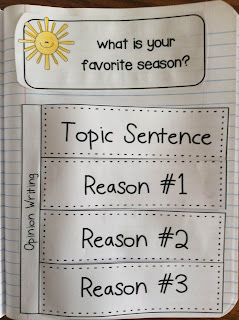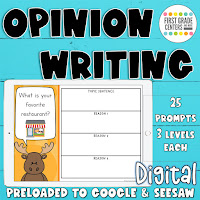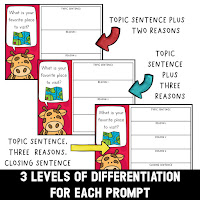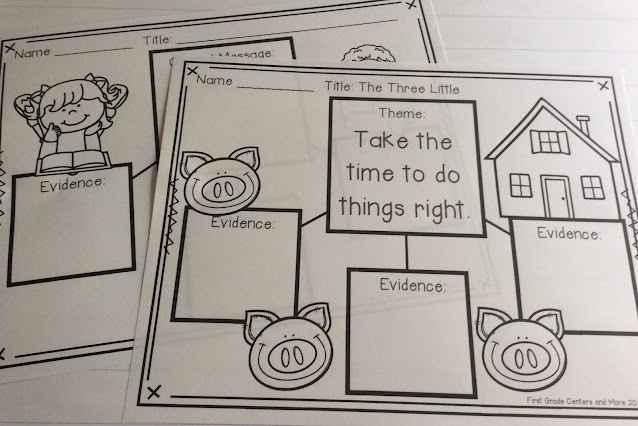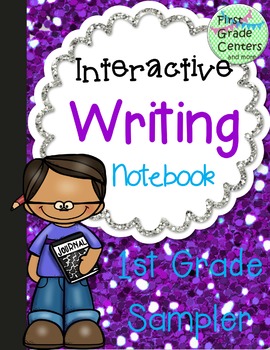Teaching opinion writing can be a lot of fun in First Grade. First graders have LOTS of opinions, and they love to share them!
Here are a few ideas that have helped me to teach opinion writing to first graders.
Start by teaching students how to write a topic sentence. I have found that having an anchor chart with sentence starters for students to refer to is super helpful. I like to create the chart in front of the students. It might look something like this:
Once the chart is completed, hang it in the room for students to be able to refer to throughout the year.
Don't rush it! At the beginning of the year, I like for students to be able to write a topic sentence and two reason sentences. I like to do modeled writing in front of the kids before I ask them to do it on their own. If three sentences are too much for your students, then start with a topic sentence with one reason sentence. You can also teach students to write one opinion sentence with "because" as a linking word.
As the year progresses, we will add a third reason.
Usually, the hardest part for first graders is thinking of good reasons for their opinions. I love using a “Discussion Web” to help develop this skill.
This is a simple strategy to use. I like to gather students around me by the easel. Start by having a question in the middle of your chart, and two columns on the sides. It should be a question that can have strong opinions on both sides. The chart above has More/Less as headings but you could also have Yes/No, or other headings as needed. Then lead the class in a discussion of both view points. List student responses on the chart. Then, students are ready to complete an opinion writing piece on the question.
Last, have fun with opinion writing! There are so many great topics students can write about.
These digital prompts are perfect for displaying on your interactive whiteboard. You can also print them in black and white to use them as worksheets.
I have created a free chart to get your started. You can download it here.





